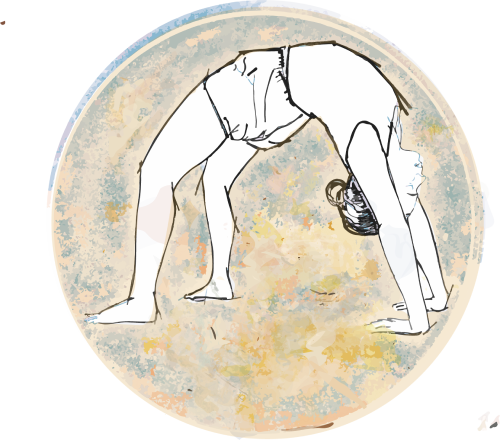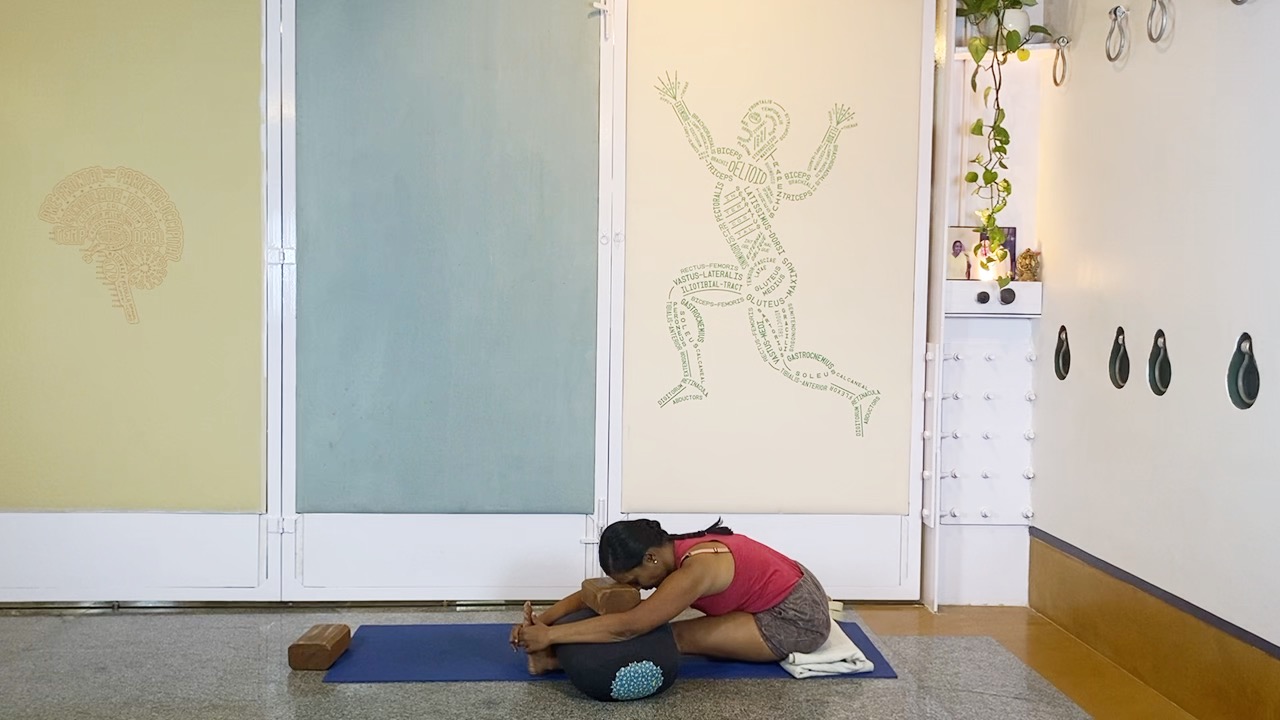How to start self practice and what to do during self practice is one of the most common question that we get asked. We love this question – just the intention to take one’s practice beyond a ‘class’ is an affirmation that we, as instructors, have been successful at least to an extent in transferring the benefits of this subject to another human, and they are now willing to take responsibility for their own journey on this path.
Pre-covid, i would have responded to this query differently – it would have had a lot in common with the many of the wonderfully written blogs and articles on self practice (summarised at the bottom of this post). But this is 2021. Most people asking this question now have most likely been doing online classes or at least a few months. And it seems relevant to take a step back to answer the more basic question: What is self-practice?
‘What is self practice?’ Seems like a self-explanatory question. ‘Practice’ done by ‘Self’. These two words call for a closer examination.
What is ‘Self’ practice?
All of us instinctively understand that attending an asana or pranayama class is NOT self practice. Because an ‘Instructor’ decides on the focus, the pace, the start and end times of a class. It is not ‘Self’ directed.
Is following along with a recorded class ‘Self’ practice?
Yes, the student has more freedom about pacing the session – they can pause, rewind, skip, fast forward, abandon midway through… but this is grey territory. Working like this not strictly ‘Self’ directed. The student is still following the instructor’s lead of what to do, what to focus on, how to observe etc.
In fact, there is an entire continuum of engaging with this subject from ‘no interest/ no action’ to ‘class attendance’ to a ‘self directed practice’. In philosophy, we can draw a parallel between going from a state of Tamas (Inertia/ dullness) to Rajas (activity) to Sattva (stability/ luminosity). We can also draw a parallel with progression in spiritual path from various ‘salamba’ practices (with aid/ support), to ‘niralamba’ (without aid/ support).
In practical terms, these are some of the intervening formats (roughly, but not strictly arranged in a hierarchical order)
- Class attendance
- Follow-along with a video recording
- Follow-along with audio recording
- Follow a set sequence suggested by another source
- Refer to one’s own written notes
- Work along with a pracitce-buddy
- Working without any aid
It is important to make these distinctions because, especially over the last one year, most asana practitioners have shifted away from physical classes to online classes. Many prefer this format for practical reasons. And some in fact have done more asana classes in the last few months than they have done in the previous period. But let us be aware that there is a real danger of us getting carried away with our online recordings. Let us not delude ourselves. It is a great tool to get started, to get inspired, to get new information. This is NOT the end-goal of self practice.
Perhaps we are reluctant to let go of ‘practice aides’ because we have got used to a structured format leading to a desired outcome in our classes. Indeed, a skilled instructor/ teacher can almost do magic with their class, giving a student a deep and penetrative experience in class after class. However, if we go into every ‘self practice’ session expecting that we will have the kind of deep focussed, penetrative experience that we have in a class, we are setting ourselves up for disappointment. We are also closing ourselves off to the vast possibilities that can happen only ‘at practice’, and never in a ‘class’. (In the next part of this blog i try to write about the chaos and mess that a personal practice can sometimes be)
From my personal experience as a student who briefly gave in to temptation and did more online classes than i could digest, i noticed the following (i am able to articulate this clearly only because i have several years of self practice behind me, so the difference was marked)
- Initially, lots of great information from so many great teachers. Euphoria.
- A strange sense of being torn between wanting to do more such classes, and fatigue setting in
- Fatigue REALLY hitting hard – information overload, definitely. But also the result of engaging through a medium (the digital medium) whose effects on the sense are now quite widely accepted. Effects that are especially at odds with the internalising/ introspecting qualities that yoga is expected to inculcate
- Stepping back from online classes and getting back to self practice was briefly challenging for a brief period – the faculties of observation felt dulled, and it took a while to get my rhythm back.
What is self ‘Practice’?
The dictionary defines the word ‘Practice’ as ‘the act of doing something regularly or repeatedly to improve your skill at doing it’
This pre-supposes that we have already ‘Learnt’ something that we are going to then ‘Practice’. It also assigns a fixed, rather ambitious objective to this word – that we are doing it to get ‘better’ at it. While this a valid understanding of what we are striving to do in our ‘self practice’, there is so much more that we can do in the time that we set aside for our pracitce. We can learn, play, experiment, observe, stay, maintain, undo, relax, rest, recover. All of these are very different endeavours that call for different mindsets. If we are indeed practicing with the aim of ‘improving our skill’, it should be to ‘improve our skill at practicing’, rather than only improving our skill in specific techniques or asanas.
———————————————-
Groups of poses
- Standing positions
- Sitting
- Twists
- Forward extensions
- Backward extensions
- Abdominal actions
- Arm balances
- Inversions
- Restorative
A generic order for practicing asanas in the absence of any health complications:
- Standing positions
- Sirsasana
- Backbends
- Twists
- Seated forward bends
- Sarvangasana
- Halasana
- Restorative
- Savasana
A summary of the guidelines given by Eyal Shifroni is presented here. The blog can be found at the following link:
https://eyalshifroni.com/establishing-and-structuring-self-practice/
1. Set Realistic Goals and Build Your Practice Gradually
2. Fix a Place in Your Home for Yoga Practice
3. Hang a Practice Sequence on the Wall
4. Overcome Laziness
5. Prioritize Yoga According to its True Value for Your Life
6. Make Yoga a Habit and Practice it with Religious Discipline
7. Practice According to Proven Sequences
8. Make Sure Your Practice is Interesting and Enjoyable
9. Use a Timer to Develop Your Endurance
10. Be Prudent: Make Slow and Steady Progress
11. Listen to Your Pain
12. Do Not Discriminate Between Types of Asana
13. Adapt the Practice to Your Current Condition
14. Take Support from Family and Friends When Needed
15. Consider Using Recorded Guidance



